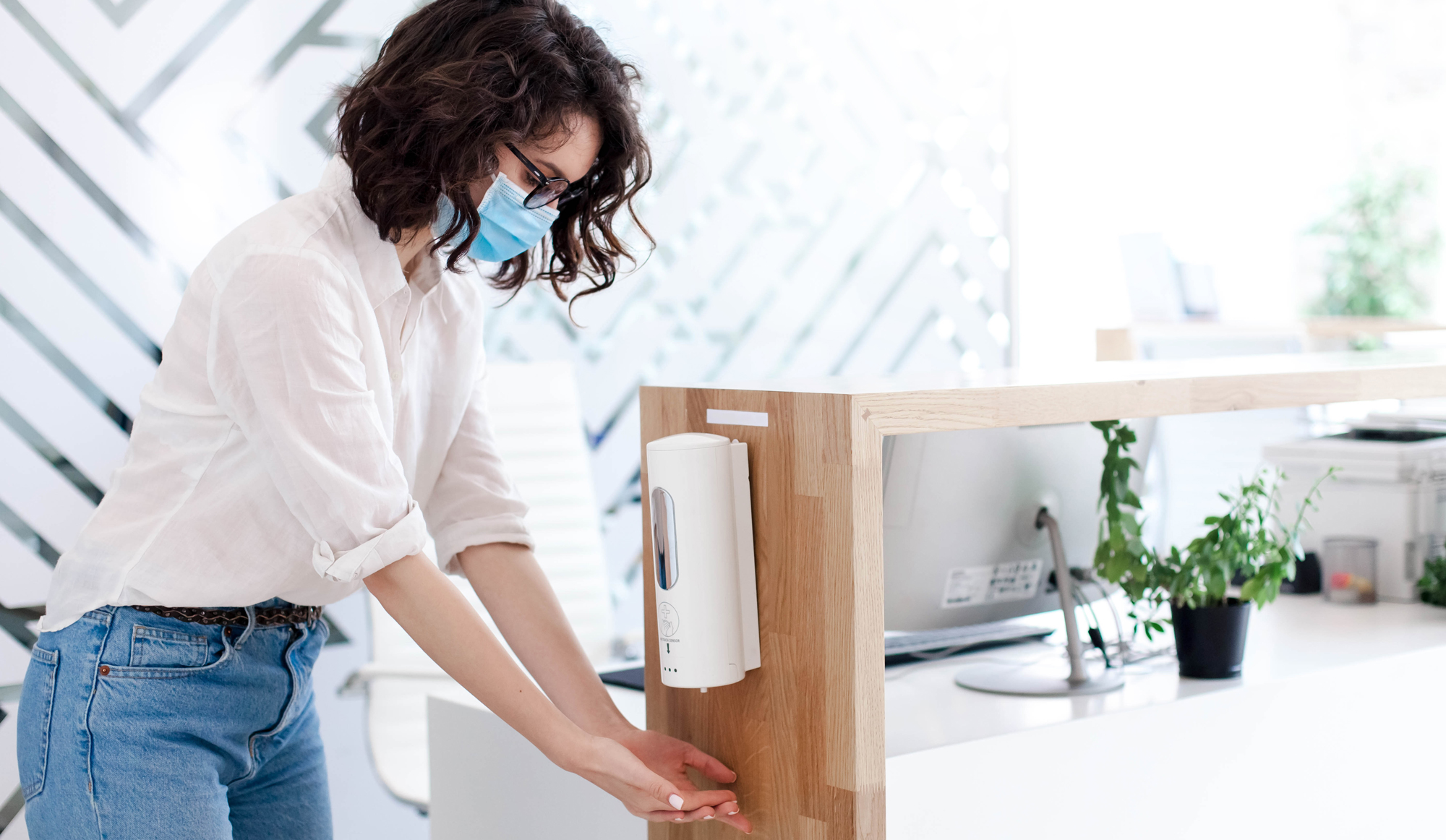The COVID-19 pandemic has inevitably led to changing workplace trends that may be here to stay. Upon returning to work, the office spaces of many industries will look very different. Find out how businesses of all kinds will be transformed by these post-COVID-19 workplace trends that concentrate on the health and safety of all individuals.
Social Distancing
Perhaps the most obvious effect of COVID-19 on the modern workplace will be enforced social distancing. Some companies have introduced the conceptual idea of the “Six Feet Office” to their employees and customers to prepare them for returning to the office and embracing the new normal. The six-feet rule requires customers and employees to maintain a proper social distance from one another at all times.
Social distancing limits contact between individuals and decreases the spread of sickness among people in public settings. Many businesses are enforcing social distancing with floor markers placed six feet apart to effectively remind clients and staff to keep a safe and healthy separation between one another.
Decentralized Offices
While offices won’t completely disappear after COVID-19, new workplace trends indicate that the purpose of the physical office may change drastically. Employers are rethinking the workplace and finding new ways to make their office less concentrated with people. Many companies are shifting toward virtual and remote work to limit contact between employees when it’s unnecessary.
Physical offices may no longer be the central point of business for companies. The office will become a place of convenience when employees need to meet or perform a specific job at the facility, rather than a place of liability. When employees are asked to visit the office, they might be required to use hygienic items, such as protective shields, daily disposable desk mats, masks, gloves and hand sanitizer to limit the spread of germs.
Workplace Flexibility
Post-pandemic modern workplace trends include flexible work. COVID-19 has influenced many employers to drift away from traditional thinking that productivity is only achievable within the office environment.
Now that many employers and employees have had a taste of working from home, they may be inspired to maintain the flexible schedule that remote working allows for. A number of organizations have announced they are allowing certain employees to work from home permanently. Other companies are introducing flexible working arrangements that require employees to be at the office for a minimal amount of time per week and work remotely the rest of the workweek.





